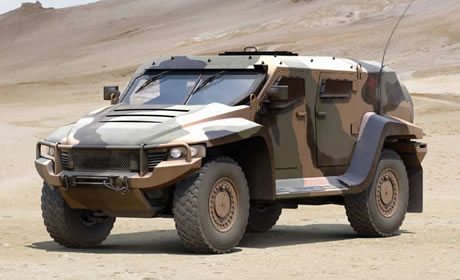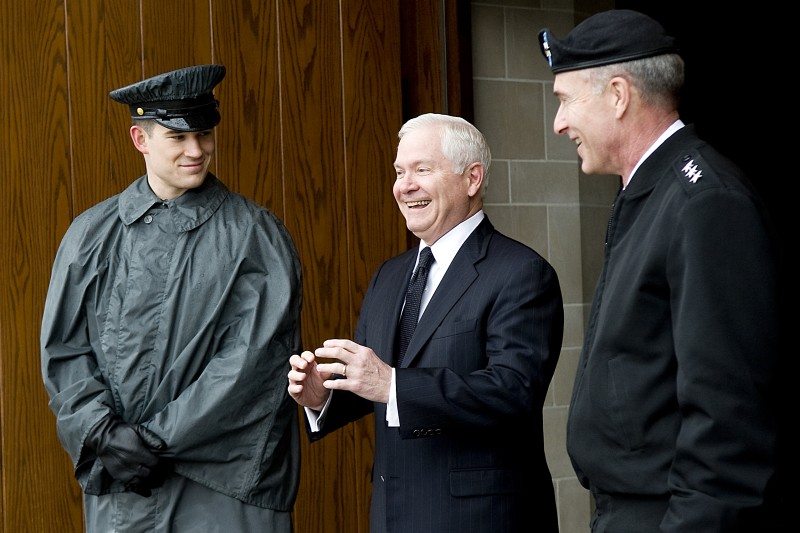Thales Australia has delivered two prototypes of its ground-breaking Hawkei vehicle to Australia’s Department of Defence.
The vehicles are being submitted for verification and validation under the Department’s LAND 121 Phase 4 program, which will replace part of the Army’s fleet of Land Rovers with light protected mobility vehicles.
Chris Jenkins, Thales Australia’s CEO, said the delivery marked a significant chapter in a rapid development program that had made full use of the company’s protected mobility expertise.
“The Hawkei is an impressive vehicle that has been developed to meet the specific operational requirements of the Australian Defence Force,” he said.
“We have leveraged the experience gained on the highly successful Bushmaster program, and teamed with world-class partners including Plasan, Boeing Defence Australia and the PAC Group, to deliver a unique, innovative, and high performance vehicle to the Commonwealth.
“The speed the Hawkei team has demonstrated to develop these prototypes shows that we have the capability to manufacture and deliver this cost-effective and versatile vehicle in response to urgent requirements, as Australia’s only genuinely local manufacturer of protected mobility vehicles.”
The Hawkei is characterised by a large protected interior space for crew, equipment and stores; four doors for easy access; Bushmaster levels of blast and ballistic protection; advanced technology for rapid up-armouring in the field; and straightforward reconfiguration between variants.
Thales is a global technology leader for the Defence & Security and the Aerospace & Transport markets. In 2009, the company generated revenues of EUR 12.9 billion (equivalent of AUD 23 billion) with 68,000 employees in 50 countries. Thales Australia is a trusted partner of the Australian Defence Force and is also present in commercial sectors ranging from air traffic management to security systems and services. Employing around 3,500 people in over 35 sites across the country, Thales Australia recorded revenues of more than AUD1 billion in 2009.











